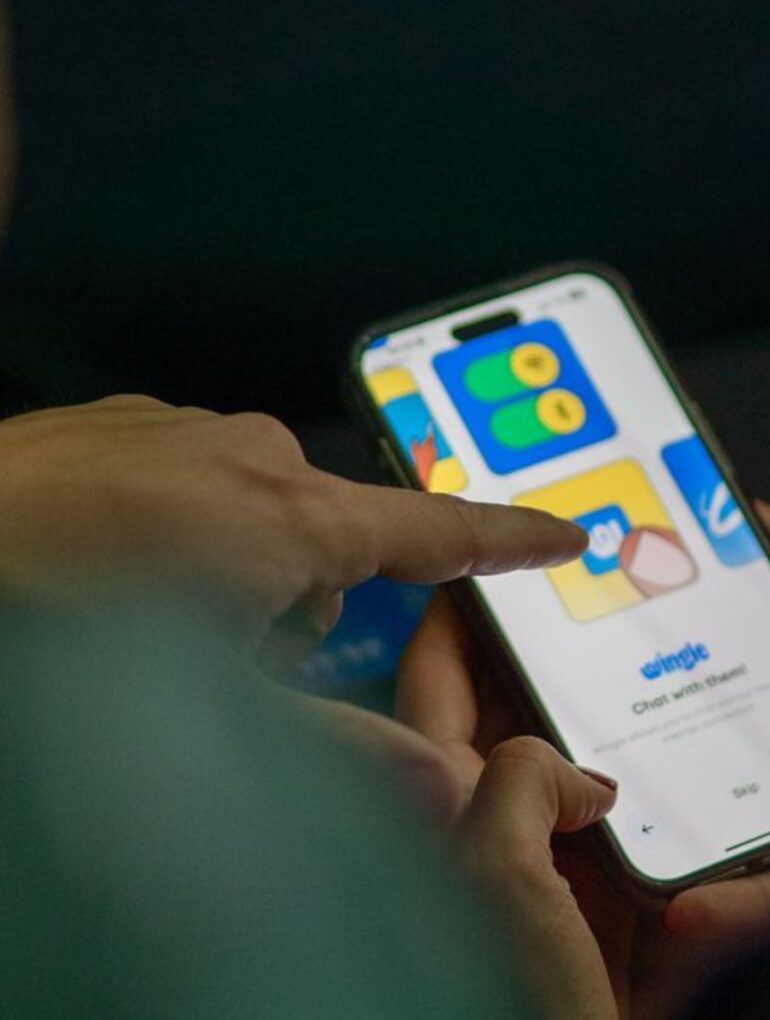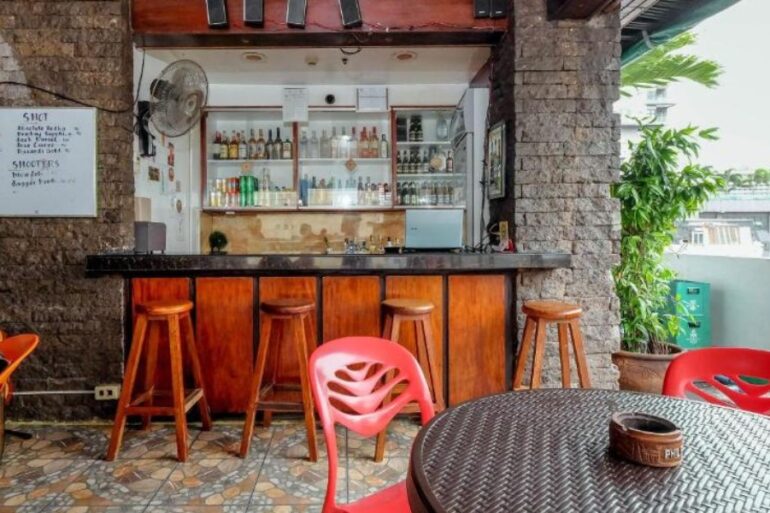More than just a tool for flirting, the app’s founders want to transform the “alienating” experience of flying into something more worthwhile.
Traveling is almost always an exciting prospect. I say almost, because some parts of travel are inevitably humdrum and not fit for the ‘Gram. Take kilometric check-in and immigration queues, for instance. Then there are the dreaded, seemingly interminable long-haul flights, especially for those of us who can only afford economy and the meager perks (and leg room) that come with bottom-rung seats.
Sure, you can lose yourself in a movie or a series you’ve downloaded beforehand. But what if reading a book or watching mid-flight isn’t exactly your thing? I can’t blame you, especially with the occasional turbulence, annoying airplane ear, and poor lighting, not to mention when you have the incredible misfortune of sitting beside an annoying (or heavens forbid—a smelly!) seat mate.
What if you can make a long flight (or even a short-haul one!) exciting without having to purchase in-flight WiFi? What if you’re on the very same flight as your soulmate? I think that’s overreaching but still… Enter: Wingle.
Transforming an “alienating experience”
A portmanteau of “wing” and “mingle,” this app from a Madrid-based startup is called by some as the “in-flight Tinder” or the “Tinder of airplanes.” Developers Iñigo Merino Arribillaga and Pol Quintana—both born on the same year on the same day, such serendipity!—say the app goes beyond flirting, with its primary purpose to encourage passengers to get to know each other and chat without the need for an internet connection.
Despite both founders being from Spain—Iñigo from Bilbao and Pol from Barcelona—the two met only in Dubai in 2019 while working in the tech sector. In an interview with the Spanish paper La Vanguardia, the two friends recounted the beginnings of the app, sharing that the idea for Wingle started to take shape in 2020. It was not until 2023, however, when they decided to leave their jobs and dedicate their entire time to the project.
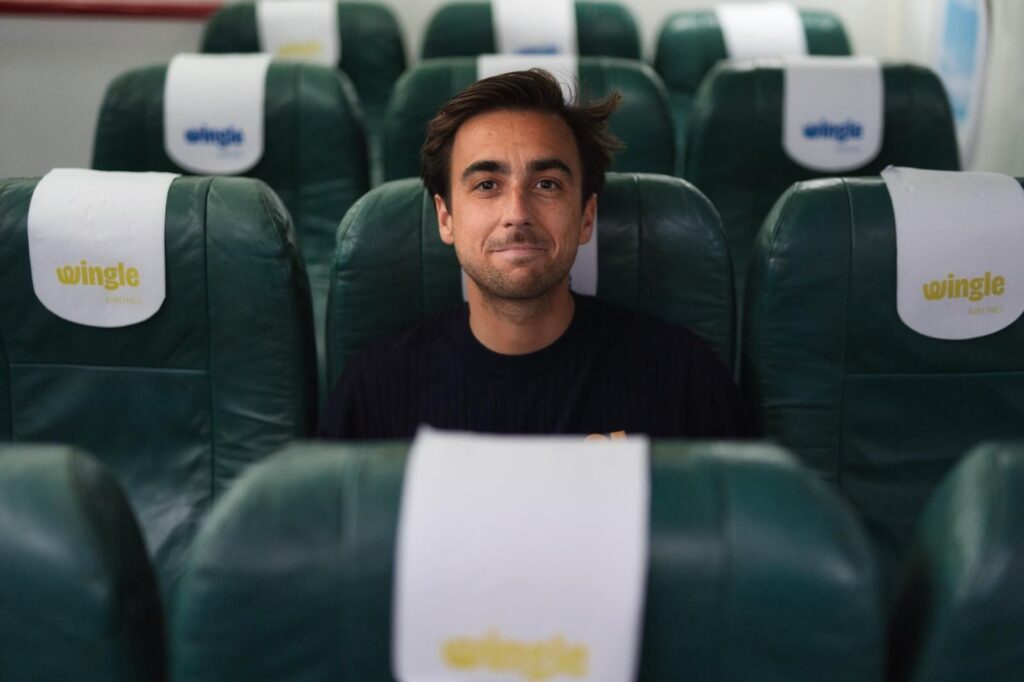
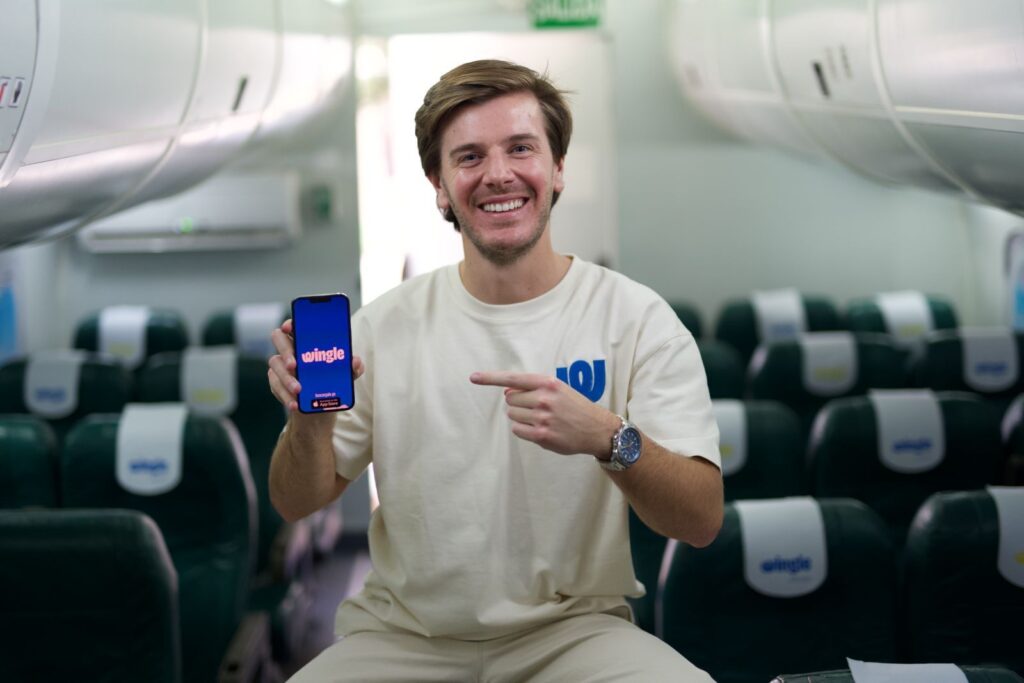

Iñigo and Pol wanted to transform an often “alienating” experience such as flying into something more enjoyable. “We are both travelers, and I am particularly an aviation geek,” says Iñigo, as quoted in the article. “I am one of those who talks to walls, and sometimes, while chatting with the person in the seat next to me, I have thought: “Am I missing out on a better conversation with another passenger?’”
Wingle then aims to solve this dilemma by allowing users to interact with anyone interested in making new friends on the same flight. And so far, it seems as if Iñigo and Pol have made the right choice to put their entire focus on developing the app.
In a more recent report in The Straits Times, it was mentioned that Wingle has already launched globally and is making inroads here in Asia. As of writing, it has more than 20,000 active users, 80% of which are European. The numbers are modest, sure, but it is beginning to pique people’s interest and generate buzz.
How to use the app
Using Wingle is pretty straightforward. After downloading the app, which is for free on the Apple Store and Google Play Store, you must set up a profile with your name, age, gender, profile picture, and home airport information. You’ll also be prompted to fill in a personality diagram that includes six characteristics, such as one’s creativity and sociability.
After you’re done creating your account, you have to select your flight from a list of flights departing from an airport.
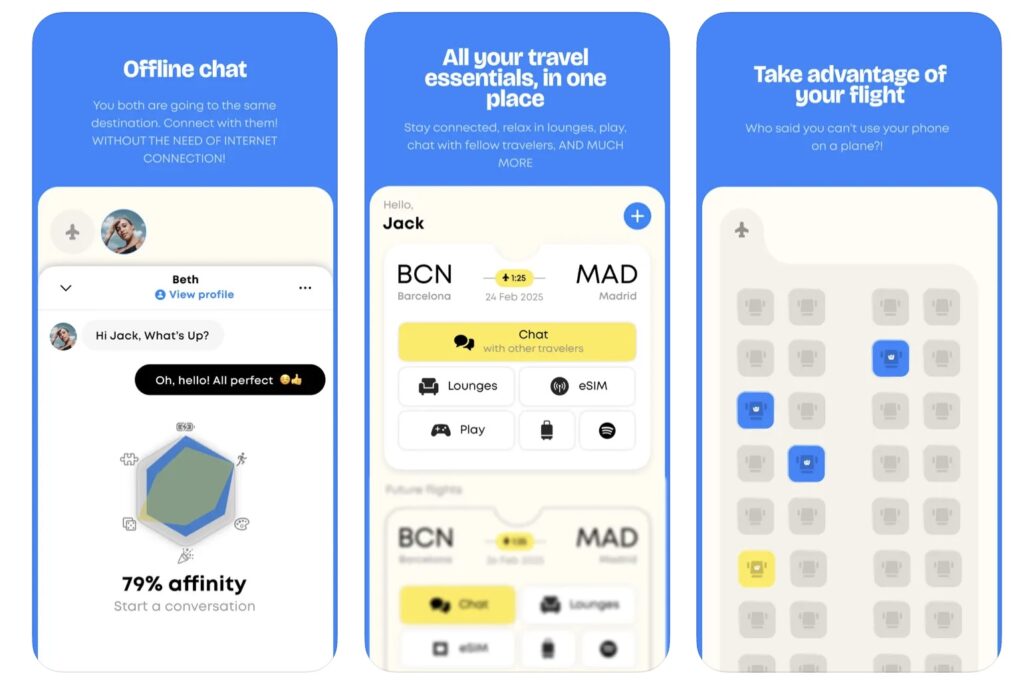
Interestingly, you can only access the chat function once the plane takes off. On Wingle’s website, it states that you only need to keep your Bluetooth and WiFi on to allow you to chat without the need of an internet connection. It also made the assurance that “keeping them on will not make the plane fall from the sky.”
To protect the privacy of users, they can see only each other’s name, age, and personality diagram. The profile picture of a user is likewise hidden and will be revealed only if the user allows it. Other users wouldn’t also know your exact seat location, so you need not worry that someone will suddenly poke you out of nowhere. When you land, conversations will magically disappear—this means it’s up to you to decide whether or not you want to continue chatting with that person by providing another your mobile number or another messaging platform.
Users of the app must also be at least 18 years old. According to The Straits Times report, Iñigo and Pol are looking into rolling out more verification steps for users to confirm their age.
Whether or not Wingle will attract more users beyond Europe remains to be seen. I think, however, that it’s worth giving it a try (I’m looking at you Gen Zs and younger millennials!), if only to make a new friend or engage in a meaningful conversation in the middle of a seemingly endless flight 30,000 feet in the air.

